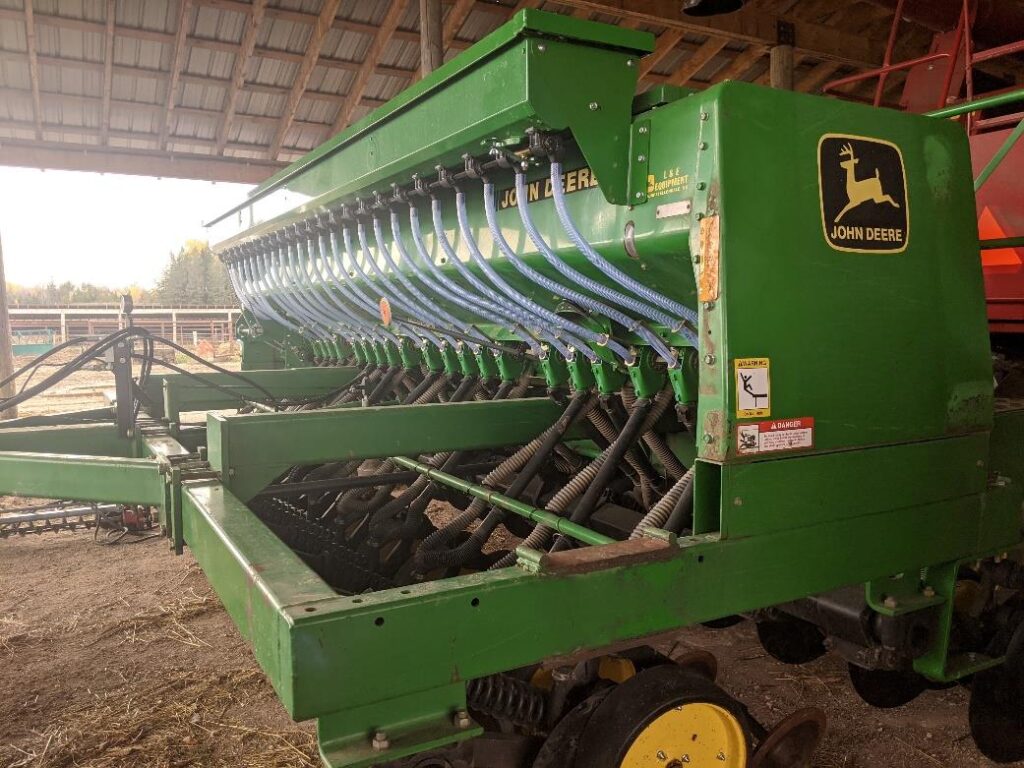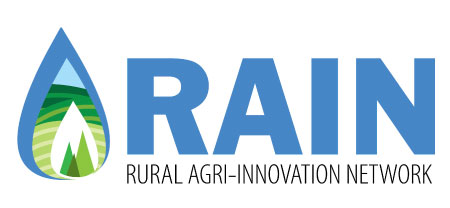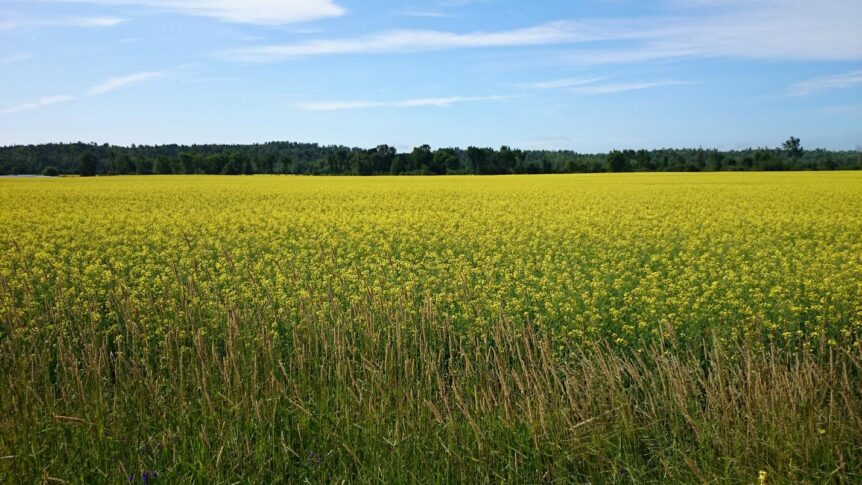SNAPP funding assists producers in innovating efficiencies or resources, reducing environmental and ecological impacts while enhancing profitability within their operations. More and more producers in northern Ontario are becoming interested in improving the health of their soil and adopting new ways to increase production. One of the most effective ways to restore and build soil matter is converting from conventional tillage to no till or reduced till farming.
No till farming is not a new concept and goes back as far as 10,000 years ago as a way for farmers to plant more seeds with less effort. Conventional tillage involves working surface crops residue, manure, weeds, etc. into the soil before planting. No till practices involve eliminating all or most tillage operations, allowing the soil to stay intact. Leaving the soil undisturbed allows for better water absorption and increases beneficial soil organisms, fungi and bacteria which increases overall soil health. No till practices also save time for the farmer, reducing the number of passes on the field which reduces fuel emissions and soil compaction. SNAPP has assisted many producers with equipment purchases to make the conversion to reduced or no till farming.
David Dawson, a cash crop farmer in Spring Bay on Manitoulin Island, ON purchased a used Kinze planter in 2018 and converted it to no-till seeder in order to solve problems associated with surface broadcasting and to also reduce risks of soil erosion. The conversion to reduced tillage allowed for the farm to decrease soil amendments and expand crops (the addition of corn) without increasing costs.
Matthew Bailey, a cash crop farmer in Temiskaming, ON purchased a no-till seed drill with a liquid fertilizer system to improve soil and plant health and increase overall efficiency the farm. The conversion also has environmental benefits, such as reduction of diesel emissions and reduced soil erosion. Liquid fertilizer has a better plant uptake by the plant as well as increased precision and reduced run off. With 700 acres of soybeans, canola, spring wheat and barley, the farm has become more productive and efficient with fertilizer use and has seen earlier yields in the spring since reducing tillage.
Dan Tulloch of Two Tree River Ranch, a 1000 acres cow/calf farm in St. Joseph Island, ON has recently purchased a no-till seed drill to convert to reduced tillage with the intent to rejuvenate the soil and reduce environmental impact by using less fuel. Soil compaction is a concern on tile drained fields, so converting to reduced tillage will reduce compaction. Introducing cover crops will also benefit the overall health of the soil.
“Pasture rejuvenation and soil health is my focus.” – Dan Tulloch
All three farms will not use strictly no-till practices. There is a high concentration of clay in northern Ontario that requires some tillage. Whether it is because of soil type, or fear of change or investment, northern Ontario producers may be slower to make the conversion to no-till. According to these three farmers, the conversion to no-till or reduced till brings added value to their farm for the increased efficiencies and crop yields, as well as the environmental and ecological benefits.
“Our soil in the north is more variable from farm to farm, making strictly no-till much harder to achieve.” – Matt Bailey
The Sustainable New Agri-Food Products and Productivity (SNAPP) Program encourages agri-food enterprises in northern Ontario to utilize innovative technologies or processes to increase efficiencies in their operations. SNAPP is led by the Rural Agri-Innovation Network (RAIN), a division of the Sault Ste Marie Innovation Centre in partnership with the Northern Ontario Farm Innovation Alliance and the Northwestern Ontario Innovation Centre and provides up to $10,000 at 50% cost-share towards the purchase of equipment for eligible activities. Collaborations of three or more entities can be eligible for up to $25,000 at 50% cost-share towards equipment purchases.
SNAPP Intake 2 is accepting applications until March 5, 2021. Please visit www.rainalgoma.ca/SNAPP for more information.


